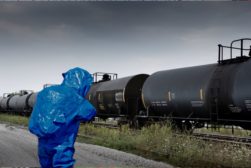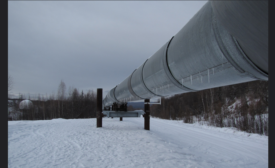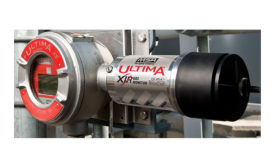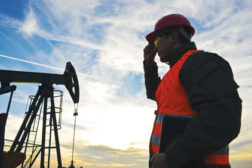Home » Keywords: » natural gas
Items Tagged with 'natural gas'
ARTICLES
Neutralizing the pain points in natural gas meter installations
Integrating natural gas safety breakaways in the system can eliminate catastrophic meter damage that can result in lost service and fires or explosions
March 16, 2021
Become a Leader in Safety Culture
Build your knowledge with ISHN, covering key safety, health and industrial hygiene news, products, and trends.
JOIN TODAYCopyright ©2025. All Rights Reserved BNP Media.
Design, CMS, Hosting & Web Development :: ePublishing





